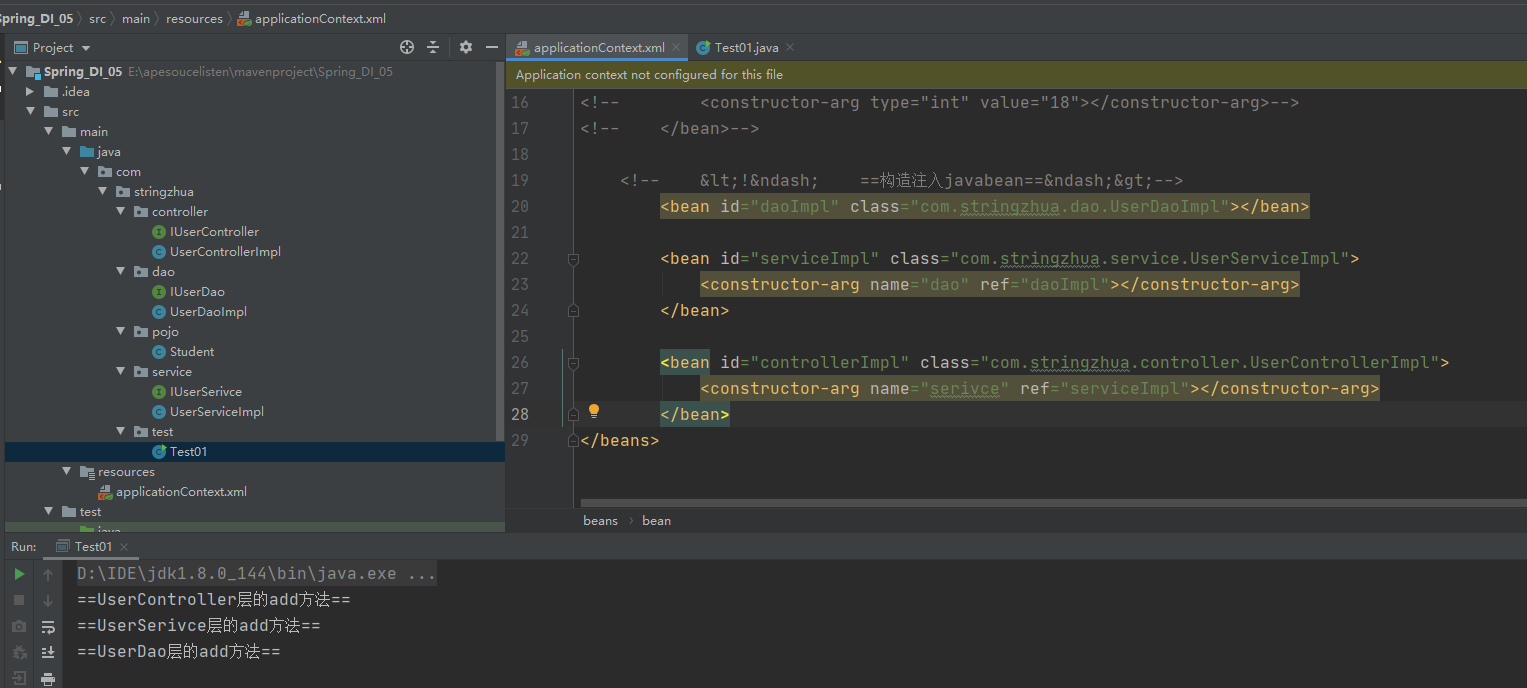
以下是将上述 MATLAB 代码转化为 Python 代码的版本。我们使用 NumPy 库进行数值计算,并使用 itertools 库生成锚点组合。
1. 基于几何分布的选择
锚点的几何分布影响定位的可辨识性。选择位置均匀分布的锚点组合可以提高定位精度。具体来说,锚点之间的角度和距离应该尽可能大。
可以通过计算锚点之间的最小角度来评估锚点组合的几何分布:
import numpy as np
from itertools import combinations
def geometric_selection(anchors):
best_combination = []
max_angle = 0
num_anchors = anchors.shape[0]
for k in range(3, num_anchors + 1): # 至少选择3个锚点
for combo in combinations(range(num_anchors), k):
selected_anchors = anchors[list(combo), :]
angles = []
# 计算每个锚点组合的角度
for j in range(len(selected_anchors)):
idx = [(j + i) % len(selected_anchors) for i in range(2)]
angle = np.arccos(np.clip(np.dot(selected_anchors[j] - selected_anchors[idx[0]],
selected_anchors[j] - selected_anchors[idx[1]]) /
(np.linalg.norm(selected_anchors[j] - selected_anchors[idx[0]]) *
np.linalg.norm(selected_anchors[j] - selected_anchors[idx[1]])), -1.0, 1.0))
angles.append(np.degrees(angle))
min_angle = min(angles)
# 更新最佳组合
if min_angle > max_angle:
max_angle = min_angle
best_combination = combo
return best_combination
2. 基于距离最小化的选择
选择能够最小化定位误差的锚点组合。通过计算锚点位置与真实位置之间的距离,选择误差最小的组合。
可以通过求解定位误差来评估锚点:
def trilateration(baseP, R_calcu):
baseX, baseY = baseP[:, 0], baseP[:, 1]
len_base = baseP.shape[0]
H = np.array([[baseX[1] - baseX[0], baseY[1] - baseY[0]]])
a = 0.5 * (baseX[1] ** 2 + baseY[1] ** 2 - R_calcu[1] ** 2 - baseX[0] ** 2 - baseY[0] ** 2 + R_calcu[0] ** 2)
for i in range(2, len_base):
H = np.vstack((H, [baseX[i] - baseX[0], baseY[i] - baseY[0]]))
a = np.append(a, 0.5 * (baseX[i] ** 2 + baseY[i] ** 2 - R_calcu[i] ** 2 - baseX[0] ** 2 - baseY[0] ** 2 + R_calcu[0] ** 2))
X = np.linalg.inv(H.T @ H) @ H.T @ a # 左逆求解
return X
def distance_minimization(anchors, true_position):
best_combination = []
best_position = None
best_error = float('inf')
num_anchors = anchors.shape[0]
for k in range(3, num_anchors + 1):
for combo in combinations(range(num_anchors), k):
selected_anchors = anchors[list(combo), :]
distances = np.linalg.norm(selected_anchors - true_position, axis=1)
position = trilateration(selected_anchors, distances)
error = np.linalg.norm(position - true_position)
if error < best_error:
best_error = error
best_combination = combo
best_position = position
return best_combination, best_position, best_error
3. 加权优化选择
根据锚点的信号质量(如RSSI值)为锚点赋权重,选择权重较高的锚点组合。权重可以根据接收到的信号强度进行调整。
权重计算可以使用以下公式:
def weighted_selection(anchors, RSSI, RSSI_0, n):
num_anchors = anchors.shape[0]
weights = 10 ** ((RSSI_0 - RSSI) / (10 * n)) # 根据RSSI计算权重
best_combination = []
max_weighted_sum = 0
for k in range(2, num_anchors + 1):
for combo in combinations(range(num_anchors), k):
selected_weights = weights[list(combo)]
weighted_sum = np.sum(selected_weights)
if weighted_sum > max_weighted_sum:
max_weighted_sum = weighted_sum
best_combination = combo
return best_combination
总结
以上 Python 代码实现了三种锚点选择方法:基于几何分布的选择、基于距离最小化的选择和加权优化选择。你可以根据实际应用场景调用这些函数来选择最佳的锚点组合。在使用时,请确保安装了 NumPy 库,可以通过以下命令安装:
pip install numpy
在这些代码中,使用了 NumPy 进行数组操作和数学计算,使用 itertools 库生成锚点组合,以便于执行组合选择。



















